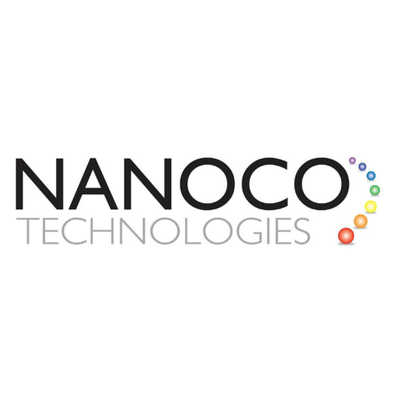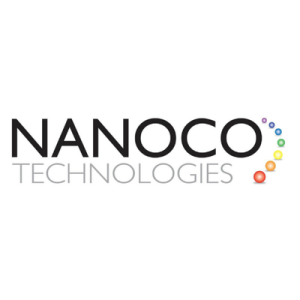The advent of quantum dots in display technology has led to the development of high-quality prototypes by established tech companies like Samsung, Sharp, and TCL. These semiconductor nanocrystals, ranging from 2 to 10 nanometres in size, enable realistic and high-definition displays for televisions, monitors, and smart tablets. Quantum dots’ natural light qualities, coupled with their minute size, make them an excellent choice for top-quality, realistic display screens. Their pure RGB colours provide an outstanding colour gamut for various display applications. According to IDTechEx’s report on “Quantum Dot Materials and Technologies 2024-2034,” the extensive applications of quantum dot technology are thoroughly explored.
Electroluminescent quantum dots (EL-QDs) are a promising display technology that directly utilises the electroluminescence of quantum dots to generate light. Unlike conventional LEDs or quantum dot colour converters (QDCCs), where a blue LED excites the quantum dots, EL-QDs emit light directly when an electric current is applied. In EL-QD displays, the quantum dots are sandwiched between two electrodes, forming a light-emitting layer. When a voltage is applied across the electrodes, electrons and holes are injected into the quantum dot layer, where they recombine and emit light. The emission colour is determined by the size and composition of the quantum dots, allowing for precise control over the colour gamut. EL-QDs can achieve a wider colour gamut than conventional displays due to their narrow emission spectra and tunable emission wavelengths. Their fast response time is also an attractive feature compared to LCDs and OLEDs, with potential for higher electroluminescence efficiency compared to organic light-emitting diodes (OLEDs).
Photoluminescence is another method where quantum dots produce a new kind of light that is brighter and more colourful by changing shorter blue light waves to longer reds and greens. Samsung has already commercialised QD-OLED technology based on photoluminescent quantum dots and has recently developed a high-quality prototype for a QD-LED screen. Working similarly to QD-OLED, EL-QD uses electroluminescent quantum dots as the emissive layer to generate red, green, and blue light without needing a separate backlight or colour filter.
In 2023, the Nobel Prize for Chemistry was awarded for the discovery and advancements made in quantum dot technology, highlighting its importance not only in entertainment technology but also in medicine. Discovered in 1980, quantum dots comprise a core, shell, and an outer layer of ligands that stabilise the particles and enable their semiconductor qualities. The innermost core layer is surrounded by a shell with a wider bandgap, improving the efficiency and quantum yield of quantum dots. By coating this layer, the particle’s capacity and strength are increased, making quantum dots suitable for multiple applications.
IDTechEx predicts the global quantum dot (QD) material market to reach US$550 million by 2034, with significant growth expected in the future. This optimism reflects the vast opportunities for quantum dots in various technology sectors, as they continue to enhance displays and smart devices, thereby increasing market value.
Nanoco Group PLC (LON:NANO) leads the world in the research, development and large-scale manufacture of heavy metal-free nanomaterials for use in displays, lighting, vertical farming, solar energy and bio-imaging.


